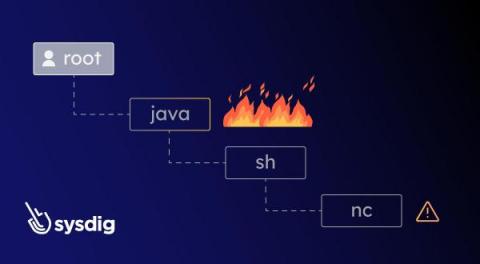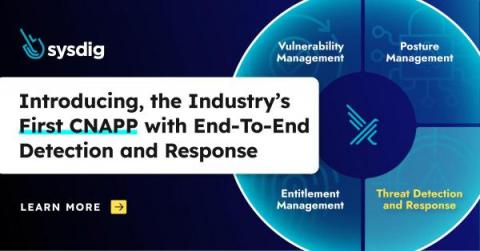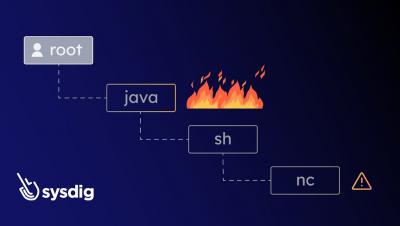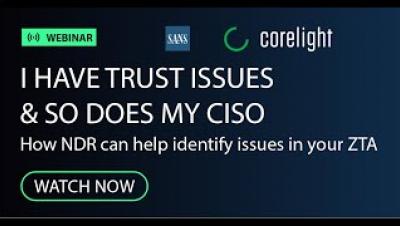Threat Detection In 2023 Is Broken. Here's How to Fix It
Why have cyber incidents topped the Allianz Risk Barometer for the last two years in a row? Growing attack surfaces are partly responsible. Remote work, cloud migration, IoT use and other trends give cyber threats more places to enter and hide within networks. But there is another cause – deficiencies in the standard approach to threat detection and response.
















